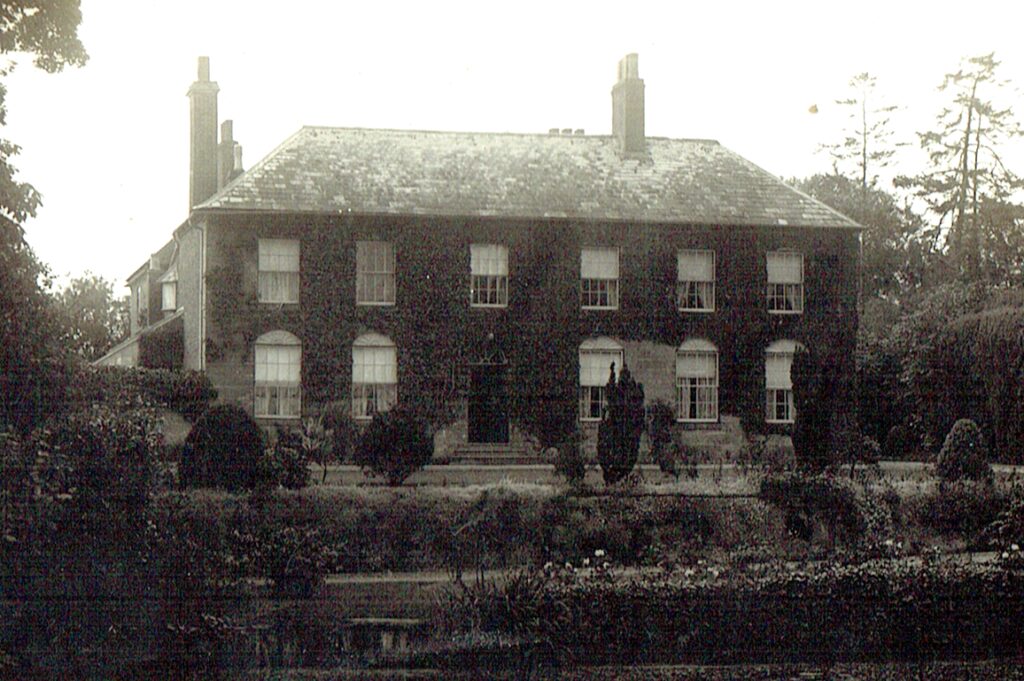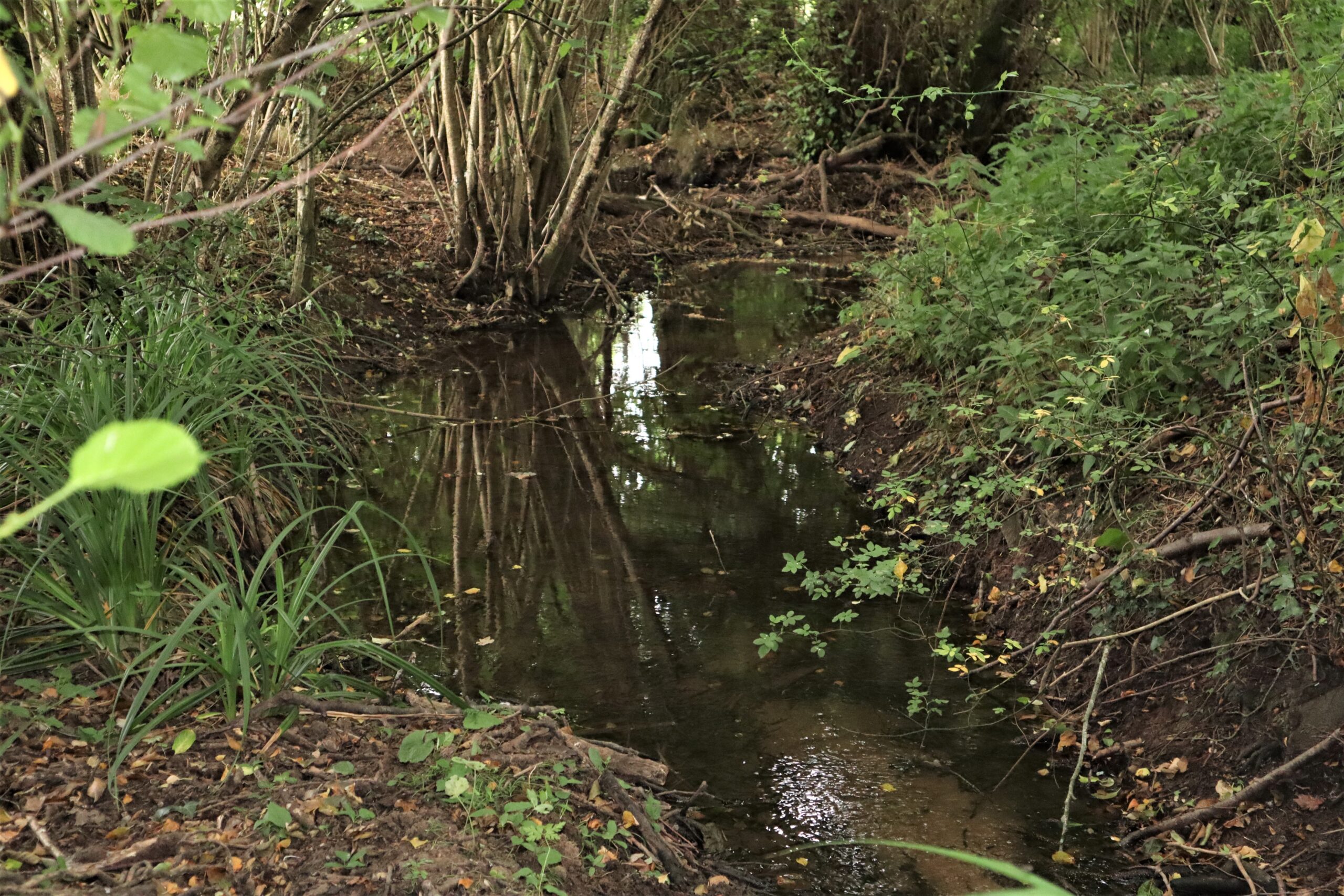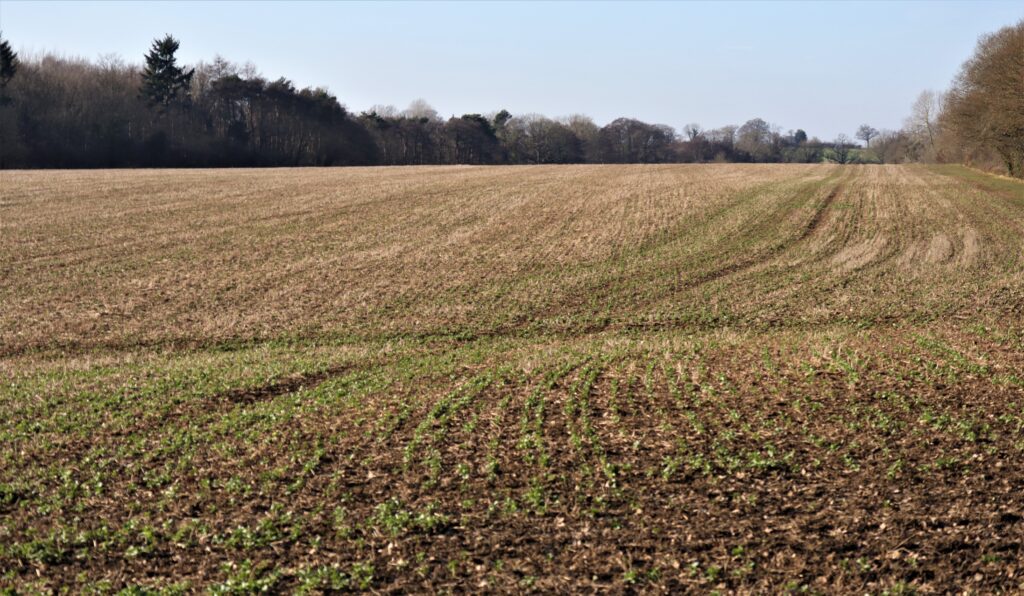Body In The Brook

On Monday the 29th June 1903, the gamekeeper of Chase Woods and Boer war veteran, Caleb Carter, had disappeared, and hadn’t been seen for two days. Concerns were growing for his wellbeing but what un-folded over the next few days and weeks, sent shockwaves throughout town, and one of the longest Kenilworth murder mysteries had only just begun.
(Artist’s Impression by Cyril Hobbins)
Caleb Carter lived in a small cottage along Chase Lane, and was last seen alive on the evening of Saturday the 27th by his younger brother Alfred, who had come over from Birmingham to spend the afternoon with him. They eventually parted company around 8.30, as it would be getting dark soon and Alfred needed to be on his way home.
At about the same time, Caleb’s 17-year-old fiancé Mabel Hancox and her mother Ellen, had called in at his cottage to drop-off some caps and socks which they had bought for him in Kenilworth. With him not being there, they thought nothing strange about it, expecting him to be out on the land somewhere with his brother or even waiting for them at their home, Warriors Lodge Farm, which was only about a quarter-of-a-mile from the cottage.
But as they waited, and the evening wore-on, the Hancox family, and especially Mabel, had become increasing worried by his absence. They stayed-up late into the evening in the hope that he would eventually turn-up, but he never did.
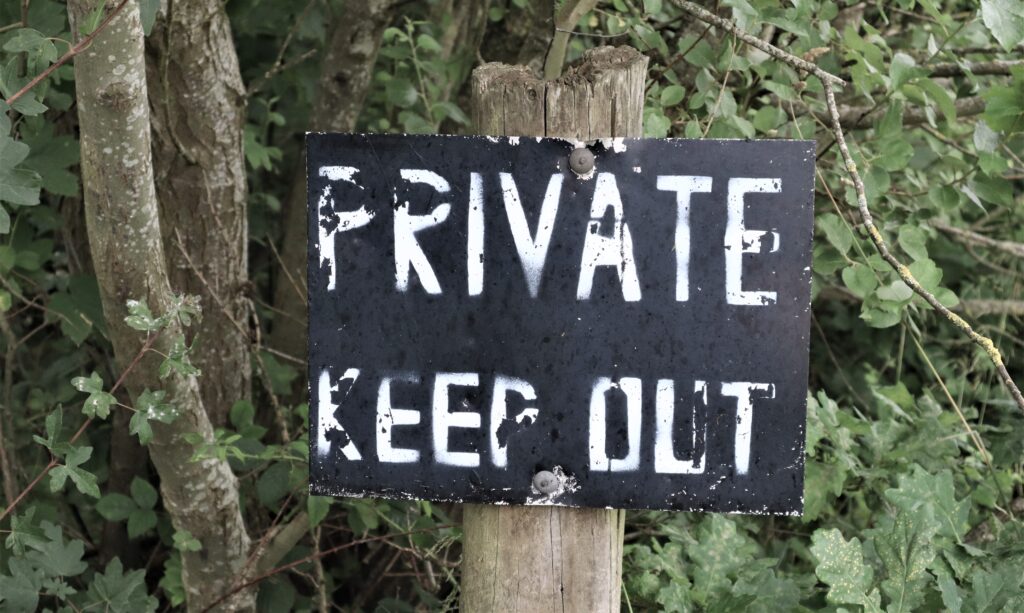
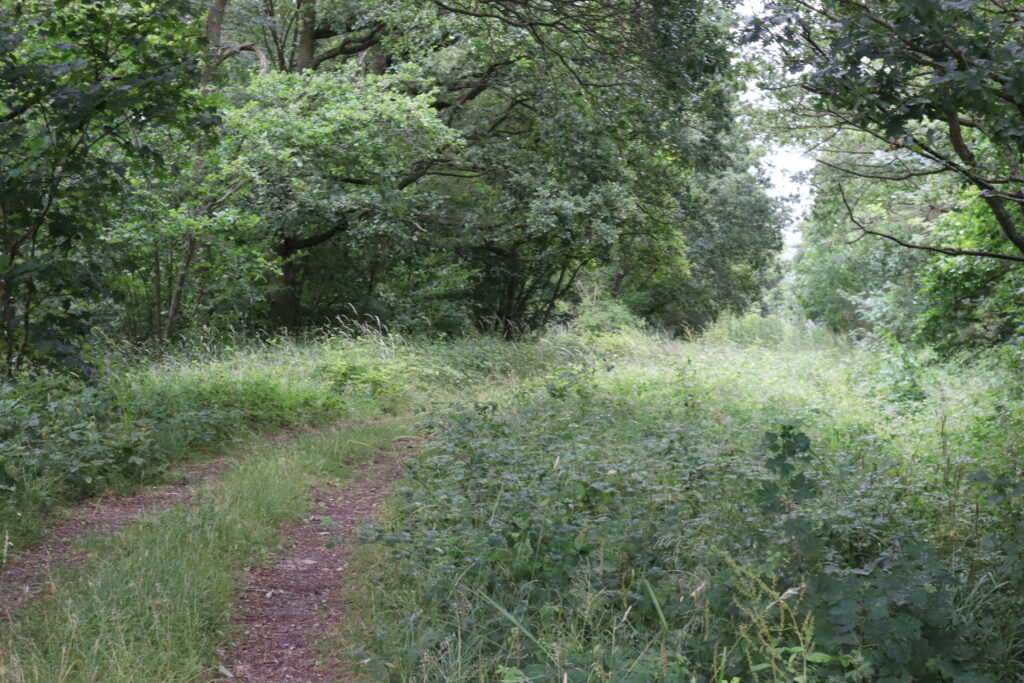
Caleb’s Early Life
Caleb was born into the farming community of Gospel Oak, Snitterfield, on the outskirts of Stratford-Upon-Avon in 1875, to parents Alfred and Eliza. But when he was around four-years-old, tragedy struck the family when his mother sadly died. But his father soon re-married, and so for most of his young life Caleb was brought up by his step-mother, Ellen. He had three other siblings, two sisters, Lily and Agnes and brother, Alfred. By his mid-teens, just like his father, he was working on the land. In the 1891 census, he was recorded as a ploughboy.
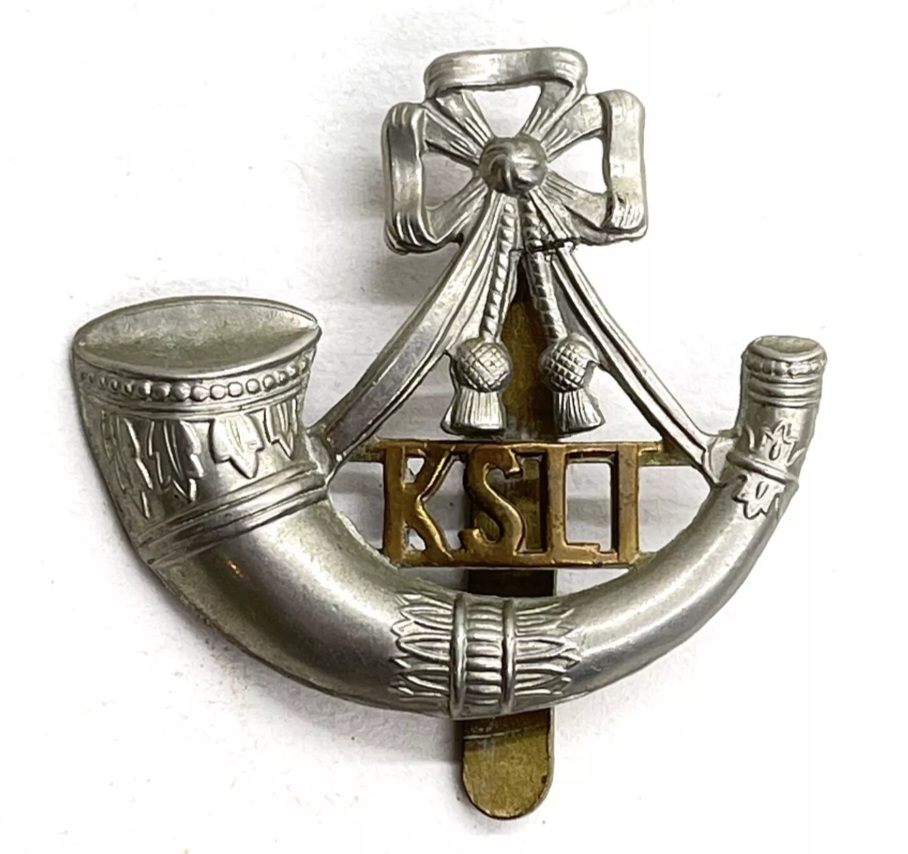
But as he grew older, he decided he wanted more out of life and enlisted in the 2nd Kings Shropshire Light Infantry. He eventually sailed-off to South Africa to fight in the 2nd Boer War. If he wanted a new life of travel and adventure, then he certainly found it in South Africa. He served under Capt. Parkes, and in February 1900, he sounded the bugle at the battle of Paardeberg, where over 4,000 Boers surrendered, which included General Piet Cronje. On the advance towards Bloemfontein he was wounded in the arm. He was eventually discharged from the army,1 on a ‘short pension’ of 1/6d per-day for a year. He held the rank of Lance Corporal.
Caleb’s Arrival in Kenilworth
Caleb came to Kenilworth in January 1903,2 when he entered the service of Mr. James Booth, as gamekeeper of Chase Woods. He was a well-known gentleman and Justice of the Peace for Warwickshire who lived just a few miles away in his grand residence of Rowington Hall, a far cry from Caleb’s home called ‘Chase Lodge’ in Chase Lane.3 Mr Booth’s landlord, was Edward Hyde Villiers, Earl of Clarendon, who at the time was a prominent member of the House of Lords, and held the position of Lord Chamberlin of the Household.
Where is Caleb?
By Sunday, 28th June, the Hancox family were still worried about Caleb’s continued absence, but they knew he was going over to visit his parents at Gospel Oak and said he would be back in the afternoon, so at this stage, they weren’t too alarmed. But they still couldn’t understand why he never called at the farm last evening. It was suggested that he may have gone over to Birmingham with his brother and forgotten all about their arrangements. It was very strange and out of character for such a reliable person.
By late afternoon, Mabel was getting extremely anxious and she called again at his cottage, but he was still nowhere to be seen. She walked across the fields on a couple of occasions in the direction of Honiley Church just on the off-chance that she might meet him on his return, but he was knowhere to be seen. By night-fall the Hancox family didn’t know what to think, Caleb was still missing.
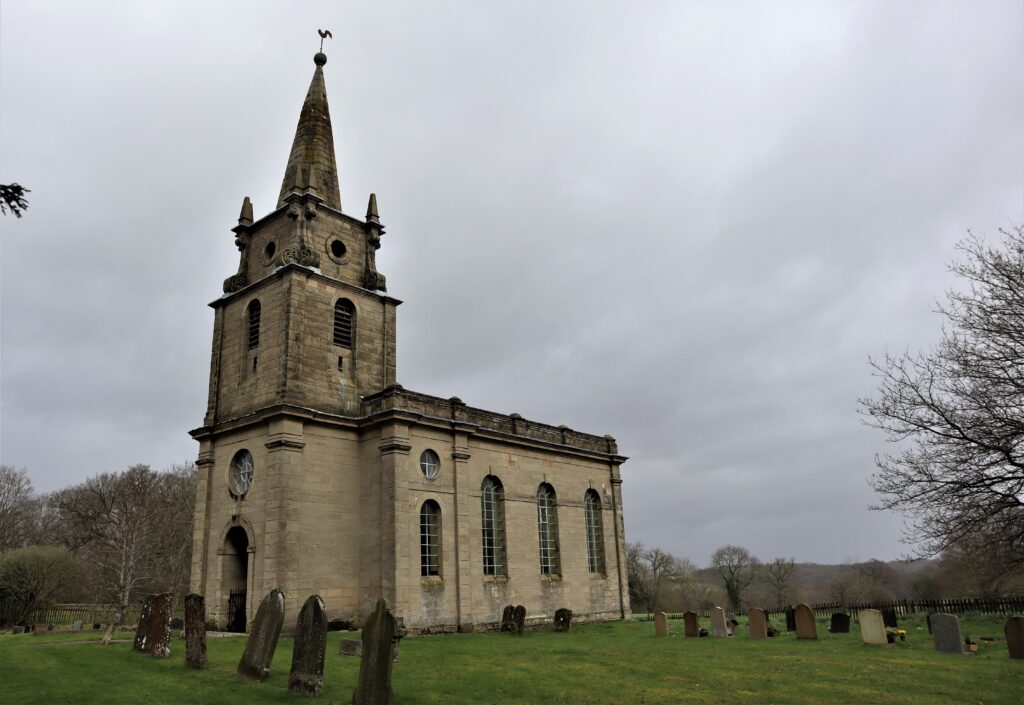
Search Begins
By mid-day on Monday, Caleb was still missing. So the Hancox family began searching the woods and land, inch-by-inch. It was decided to send a telegram to his brother informing him of the crisis. He eventually arrived in the afternoon at about 3 o’clock. He then mentioned that he had heard a gunshot soon after they had parted company, but at the time he thought nothing of it. Hearing shots in this rural area was commonplace, indeed, they had heard shots only a few minutes earlier whilst walking across the fields.
The Hancox family were now seriously worried, and not long after Alfred’s arrival, it was Mrs Hancox who came across Caleb’s body lying face-down in a shallow brook. It was the boundary of the Booth and Willies shooting territory. Alfred was called over and he went into the water to have a closer look, their worst fears had come true, Caleb was dead. Alfred went straight to Kenilworth and informed the police. He arrived back at the scene with Inspector Parkinson and some constables, and they began to process the scene.
Caleb’s Death Goes ‘Viral’
Caleb’s murder became headline news, and was reported in the press all over the country, what increased the interest, no doubt, was the landowner being a Lord of the Realm. The Penny Illustrated Paper, a London based publication, even sent a photographer to the murder-site. Two photos appeared in their 11th July edition, one showing the brook where the body was found and the other of four members of the Hancox family, outside Warriors Lodge Farm. In the days following the crime many hundreds of people descended upon the site to ‘have a look’. The murder had taken place within yards of a public footpath, so no one could stop them coming. But in reality, there was nothing for them to see.
Inquest, Warriors Lodge Farm, Chase Lane, 30th June
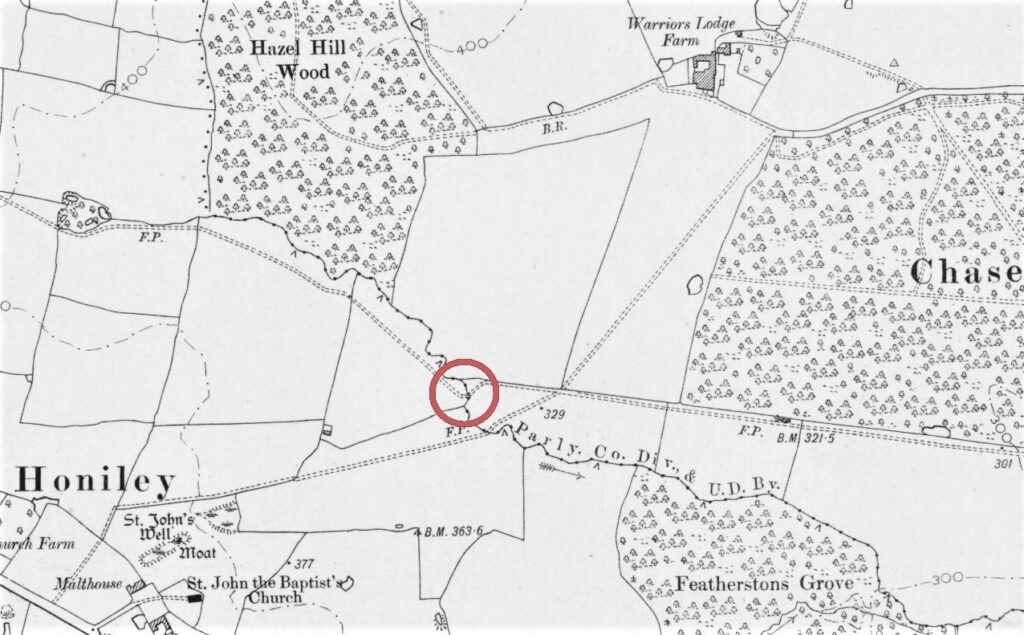
‘Reproduced with the permission of the National Library of Scotland’ Licence CC-BY (NLS) https://maps.nls.uk/index.html
The Coroner
The grandly named, Mr J. J. Willington-Wilmshurst, Coroner for Mid-Warwickshire and Kenilworth resident, presided over the inquest. He was also the clerk of the Kenilworth Urban District Council. John Knight was the chosen foreman.
Evidence of Brother
Alfred Carter who by trade, was a journeyman blacksmith, presently at Sparkbrook, attended as a witness. He confirmed the body was that of his brother and he was 28 years-old.4 He had cycled to Kenilworth that day, and met deceased at Warriors Lodge. They then went to his cottage where they had some tea together. Witness rode to Kenilworth Station to collect a his second bicycle which he was going to lend to his brother, if they couldn’t fix his machine that day. He had put it on the train at Birmingham before he cycled to Kenilworth. Witness stated he arrived back from the station at about 6pm.
They had not been talking about shooting or poachers during the day but deceased had previously mentioned he had no problems in that direction. On the evening the deceased had no walking stick or gun with him. Alfred stated that he had been on friendly terms with his brother. After saying goodnight at 8.20pm near Hazel Hill Wood, he was three or four fields away from the highway leading from the Warwick to Birmingham. He had cycled about 50 yards when he heard a gunshot which seemed to come from the direction of where his body was eventually found. They had not seen anyone with a gun, although they had heard shots earlier, but took no notice of it.
Evidence of Ellen Hancox
Ellen Hancox, the wife of Stephen Hancox, a shepherd of Warriors Lodge Farm, was the next to give evidence. She said that the deceased had been courting her daughter for many months and they were to wed in September. Witness and her daughter had called at his cottage early on Saturday evening but he wasn’t there. They expected him at the farm later, by 11 o’clock, he still hadn’t called. She added, that the deceased had said he was going to his parents home at Gospel Oak on Sunday morning, and would be back in the afternoon. When he did not return, they felt extremely anxious. So, on Monday morning, when they found the cottage as it had been left, they commenced a search of the woods and surrounding area. Alfred joined them in the afternoon but it was the witness who found the body lying in the brook.
Sovereigns and Gold Watch Found on Body
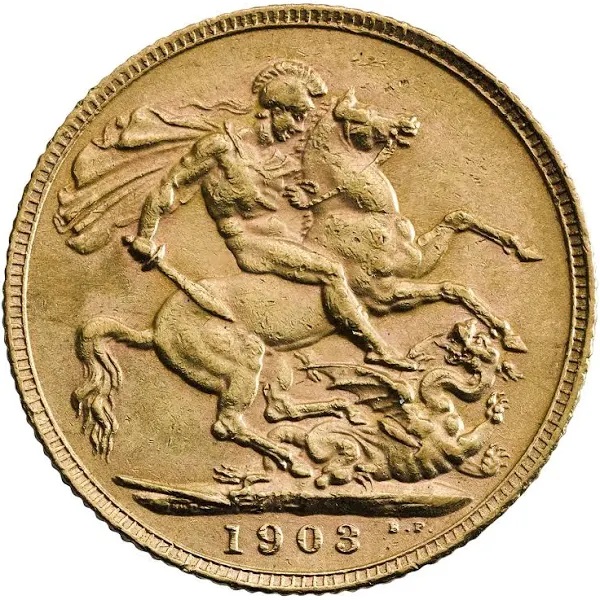
Inspector William Parkinson reported that he was called to the scene of the tragedy at 3.45pm 5 on 2nd July, by the deceased’s brother, Alfred. The body lay face-down in the middle of the brook. He was fully clothed including his cap, his face was immersed in water. There did not seem to have been a struggle.
The body was removed to his cottage and the clothes were searched. To their surprise they found ten sovereigns in his belt and a gold watch in his trouser pocket, which had stopped working at 2.25am, due to being under water. Over the following two days, Parkinson and his Superintendent plus several constables were actively engaged in searching the area. They re-examined the spot where the deceased was found but their efforts to find any further evidence was not successful. Detectives from the Aston Division were also called in and made inquiries at Honiley village, but to no avail.
Medical Evidence
Dr William Growse, medical examiner, stated that on examining the body he had found 40 to 50 shot marks in the nape of the neck, and the back of the scalp. There was also blood in the left ear. He estimated that the deceased had been dead for approximately 30 hours. In conjunction with Dr Tweedy they had performed a post-mortem, and extracted a number of shots, one of which had penetrated the brain. There were extensive lacerations to the brain, and the skull was splintered and fractured. Death was probably instantaneous. Judging from the direction of the shots, the gun had been fired in a downwards direction. The wound could not have been self-inflicted, his theory was that he fell where he was shot. Although, he may have taken a few steps before he fell.
At this stage the coroner proposed to adjourn the inquest until 10th July, at the council house in Kenilworth. It was hoped that in the meantime the police could make further inquiries, that would enable the jury to bring in a satisfactory verdict. The jury was then bound over to re-appeared at the appointed time.
Reward Offered by Police
In the days following the inquest, the police offered a £20 reward to anyone with information that would lead to the arrest of the person responsible for the crime. Even though £20 back then was a lot of money, no one ever came forward.6
Adjourned Inquest,Council House,Upper Rosemary Hill,10th July
In a crowded council house, the jury met at the appointed time of 10.30 am, but one juror, Mr. Oldfield was five minutes late, and was gently rebuked by the coroner. He reminded the court that he had adjourned the first inquest to give the police more time to make further inquiries. It was also noted that the witnesses present were not examined closely enough as might have been the case, all were re-called so that the jury could examine them further.
Brother Cross-Examined
Alfred Carter, the deceased’s brother, was the first witness called. The evidence he provided in the first inquest was read out. The coroner questioned him regarding the time he got back from Kenilworth Station, as he now stated that he could not be sure as to within a quarter of an hour. “Was it 6 o’clock, before or after?” asked the Coroner. “I could not say, It might have been a quarter past or ten minutes to”, replied the witness. He added that he and his brother had tea of bread and butter with lettuce, which they got from the farm. He could not say what other food was in the cottage or what his brother may have eaten earlier in the day.
Witness also stated that Caleb and his fiancé Mabel, seemed very friendly, but he did not talk about any appointment with her that evening. In the afternoon Caleb had his shotgun with him but he took it back to the cottage and left it there. He loaded it saying that he wanted to shoot a rabbit for someone at the farm. Later, he went into the wood and shot a rabbit and bought it back home. When he left his brother, he said the time 8.20pm, but witness had no means of saying whether this was correct. When he had cycled about 50 yards after leaving the deceased, he heard a shot but paid little attention to it. Alfred told the court that he arrived back home in Birmingham at about 9.20pm.7
Ellen Hancock Recalled
Ellen Hancock was called before the court and her previous evidence read over. She added that her daughter was distressed when Caleb did not come to the farm on the Saturday night as arranged, and said; “How strange that he does not come”. They had both called at his cottage about 8.30, and left some caps and socks which they had bought for him. They found his dog outside, so they put it inside. When they left the cottage, they expected to find him at Warriors Lodge, but he wasn’t there. When they found his body Alfred was called over and he said; “Oh dear, what am I to do now?” witness replied; “You must go to Kenilworth at once and get the police”. Foreman, John Knight, asked about her daughter’s relationship with the deceased. She replied that she has never been engaged to anyone before. Caleb was her first sweetheart. She also stated that as far as she knew, the deceased had not been on un-friendly terms with anybody.
Miss Hancox’s Evidence
Mabel Blanche Hancox, the daughter of the previous witness, said she last saw deceased, to whom she was engaged, at his cottage about 6 o’clock on the evening in question. At the time she was going into Kenilworth with her mother. She corroborated her mother’s evidence concerning the time they returned from Kenilworth and the articles they placed in his cottage. As the deceased was not there they expected him to be at Warriors Lodge. However, not seeing him there, she concluded he had gone to his family’s home at Gospel Oak. Indeed, he had told her that he was going there the following day (Sunday), and expected him back by 3 o’clock.
She walked in the direction of Honiley Church in the hope of meeting him on his return, but he was knowhere to be seen. She went again in the evening, and then to his cottage, she looked through the window and could see the bicycles where still in the same position, nothing had moved.
On Monday morning, the cottage was searched again, but it was still the same, so Stephen, her father, decided to telegraph his brother asking him to come over. He arrived at about 3 o’clock and told us where he had left Caleb on Saturday evening, adding; “After he left me, I heard a shot fired”. Witness’s mother said; “Oh dear, we shall not expect to find the dear fellow alive now”. Witness’s mother saw the body first. They shouted out to deceased’s brother, who was searching in another field, so he came over to the brook.
Police Inquires
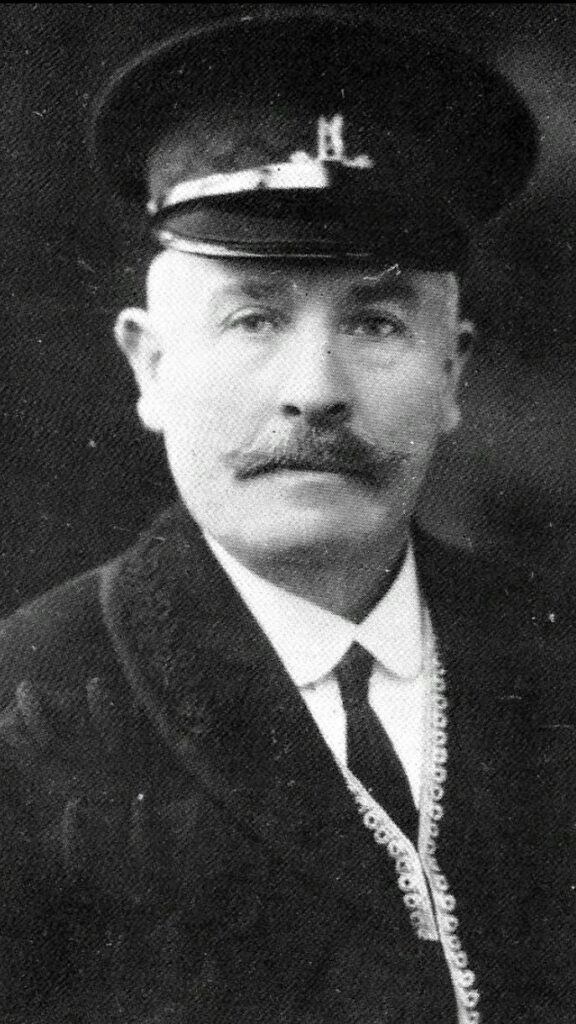
Superintendent James Ravenhall from Warwick Police, stated that since the tragedy he had personally supervised the investigation. Under his instructions everybody in the vicinity of Featherston’s Grove on evening of the 27th, had been interviewed. And as far as his information went, the witnesses who had been called were the only persons that could throw any light upon the affair. Regarding the evidence of the deceased’s brother Alfred, he stated that he had heard a shot shortly after leaving him, but could not see his brother because of all the trees. He said that the shot was from the direction of the hill near to the wood known as Featherstons Grove. This is not far from where the body was found.
photo courtesy of ‘Warwickshire Constabulary History Society’.
Inspector William Parkinson, said he had carefully examined the ground near the spot where the deceased’s head was, and a nearby stone seemed to have the appearance of being stuck by lead shot. This was near the point where a spring flowed into the brook. In his opinion the shot had been fired from the direction of Featherston’s Grove wood. He found no spent cartridges on the ground nor could he see any footprints. By carefully examining the leaves which were not marked by shot holes, he found the only place from which the shot that struck the stone could have been fired from. Blood had not run down his back as would have been the case if he had been carried or dragged to the brook. It was clear he was shot where he lay.8
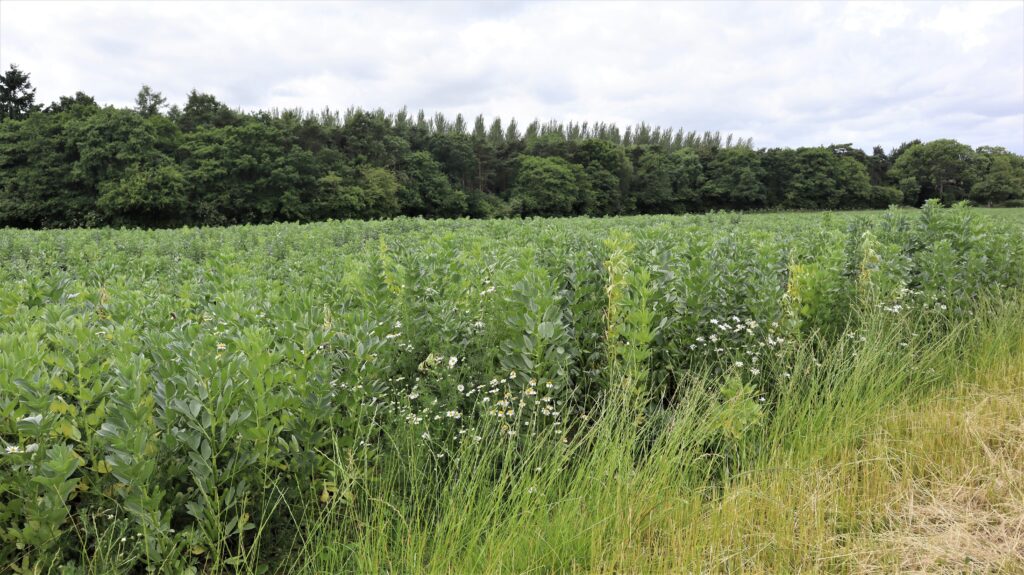
The Inspector went to the deceased’s cottage, and found his 12-bore shotgun in the kitchen, both barrels were dirty due to a recent discharge. The cartridges had been removed. He also found a half-empty box of No 5 shot cartridges. His teeth were closed and the back of his throat and pallete were clear of any mud. The coroner asked, if he had endeavoured to find out who had the right to be in the locality? I have, replied the inspector; And is it not a fact that everybody you can ascertain had a right to be there and others that had not, been interviewed? Yes, he replied. And those persons, on behalf of the police, you propose to be put them forward as witnesses at this inquest? Yes, said the Inspector.
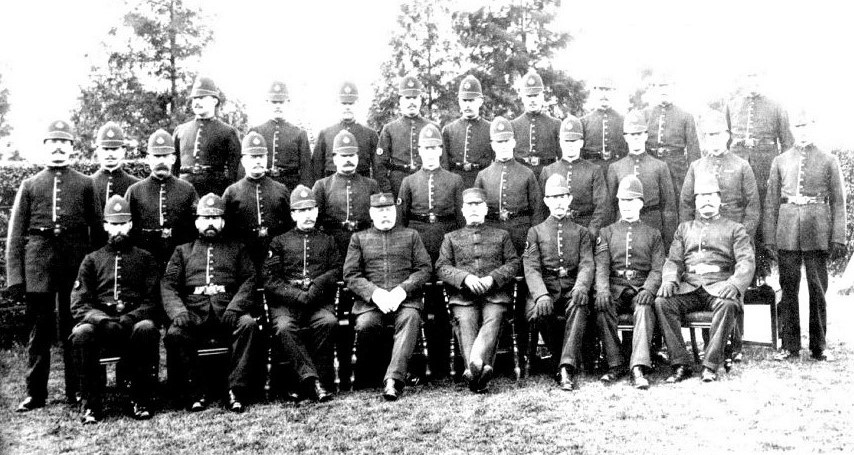
Courtesy of the Warwickshire County Records Office Ref. 165/5 Img 10298
Medical Evidence
Dr Growse said with reasonable probability, the Inspector’s theory was correct. The shot looks to have been fired from the direction of the wood, whilst the deceased was bending down drinking from the spring. The lungs were normal with no water present. The stomach contained a considerable amount of un-digested food, which had the appearance of meat and vegetables. However, there was no indication of lettuce. No excess water or the smell of alcohol, or beer was present. The appearance of the contents of the stomach would suggest that he had eaten about three hours before death.
At the first inquest, Dr Growse indicated that the deceased had been dead for approximately 30 hours, but he would now like to amend that to 40 hours. He arrived at this conclusion due to the rigor mortis, which had started to pass-off by 6 o’clock on the evening of the 29th, but by the following day, it had gone completely. There was no other marks of violence on the body apart from an abrasion on the nose, which may have been caused when he fell.
New Witness Testimony
Witness Joseph Smith, labourer of Grove Cottage, Honiley, in the employ of Mr Eykyn, said he had only seen the deceased twice since he came to Kenilworth. The last time was about two months ago. On the evening of 27th, he was not within half-a-mile of where the body was found, and saw nobody else in the vicinity. He went into town with John Pearson to buy some groceries and returned about 8 o’clock. When they reached the footpath which runs along the bottom of Chase Woods, witness turned left at the dry pit towards his home.9
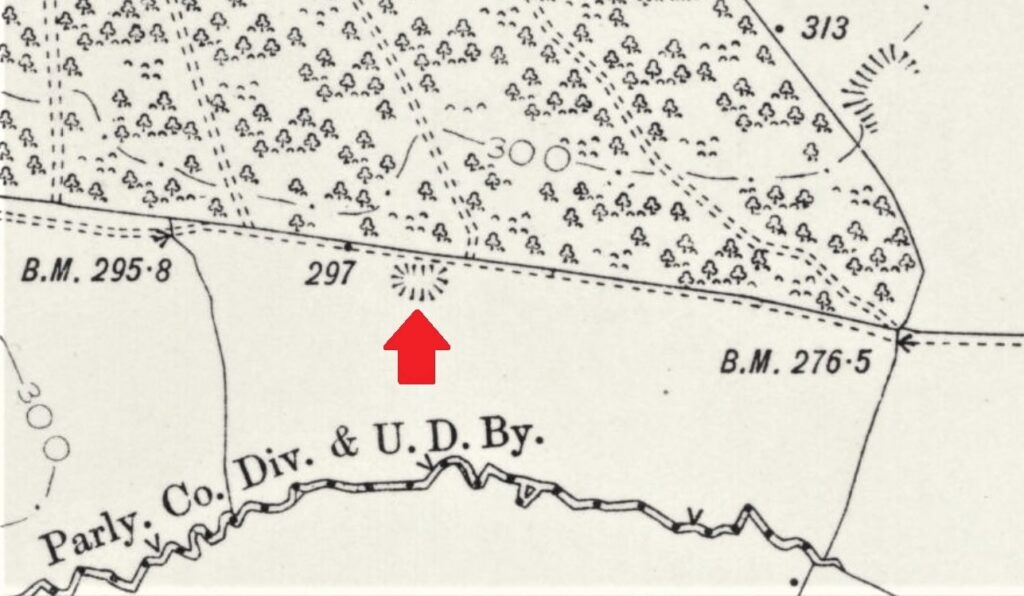
‘Reproduced with the permission of the National Library of Scotland’ Licence CC-BY (NLS) https://maps.nls.uk/index.html
Witness was not carrying a gun nor did he own one. But Pearson was carrying his shotgun, and used it often as he had shooting permission on Mr Horne’s farm. He promised to shoot a rabbit for the witness that evening. Pearson asked him to meet him later at the gate leading from Mr Horne’s field into Mr Eykyn’s property. As witness got near his home, he met Mrs Parkin, a resident of Grove Farm, she remarked that he was home early and it was 9 o’clock. They talked for a few minutes then witness went to meet Pearson at the gate, the time would have been 9.20 to 9.30pm. But he was not there, so he ‘whistled’ to find out if Pearson was close-by, and indeed he was, he ‘whistled’ back from the direction of Featherstons Grove. Pearson did not have his gun or a rabbit with him, but said he had left them at another gate not far away. Witness had misunderstood Pearson at which gate to meet him. The rabbit which Pearson had shot was still warm. The following day, Pearson gave the witness another rabbit. Witness paid Pearson 6d for the two.
Pearson’s Testimony
Witness John Pearson, a cowman, in the employ of John Horne of Honiley, said he saw the deceased occasionally and knew he was a gamekeeper. He had last seen the deceased about six weeks or two months ago. On the Saturday night in question, he was with Smith at the Queen & Castle Hotel. Witness could not say exactly what time they started walking home, as neither of them had a watch, but it was around 8 o’clock.
He corroborated the evidence given by Smith as to the way they went home and said he saw no one from the time he parted company with Smith and later when he saw him again. After Smith left, he heard two gunshots when he was near the dry pit, at the bottom of Chase Woods.
He was going straight home and the shots seem to come from the other end of Chase Woods. He took no notice of the shots, as they heard gun reports around here all the time. But he saw no one as he walked away. He went and shot a rabbit in Mr Horne’s field called Big Hill Close, adjoining Featherstons Grove, and then went to meet Smith to give him the rabbit. Witness was out shooting early on Sunday morning and shot another rabbit, which he gave to Smith later in the day. Smith had paid for the rabbits on Saturday night and witness had two pints of beer with the money.

‘Reproduced with the permission of the National Library of Scotland’ Licence CC-BY (NLS) https://maps.nls.uk/index.html
Unavailable Witness
Whilst ‘topping’ a hay-rick for Mr Eykyn at Pleasance farm, labourer, William Parkyn had a seizure, and fell heavily onto the ground. Dr Growse attended him, and found he was having intermittent fits. On the day of the adjourned inquest, he was far too ill to attend.
Mr Parkyn was apparently going to be an important witness, but what information he had, we will never know. However, he must have given the police some sort of statement to be told to attend the inquest.
The Verdict
After the Coroner had summed up at length, he asked the jury if they wanted to adjourn the inquiry so that further evidence could be found. But as Superintendent Ravenhall could offer no hope of producing any additional evidence of importance, the Jury decided to retire for deliberation. When they returned, foreman, John Knight, announced an open verdict; “That the deceased had met his death by a gunshot wound by a person unknown”.10
The inquest concluded at 5 o’clock, having lasted for five-and-a-half hours.
Caleb’s Final Resting Place
Caleb’s body remained at his cottage, to which it was first taken, until Wednesday 1st July. The coffin was of polished elm, with black fittings. On the name-plate was the simple inscription: ‘Caleb Carter, Died 27th June, 1903’. On the head and foot plates read: ‘The spirit shall return unto God who gave it’ and ‘Thy will be done’. The coffin was then taken to St Michael’s Church at Wilmcote Village, near Stratford-Upon-Avon. He was laid to rest the following afternoon (2nd July), next to his birth mother, Eliza11. The officiating minister for the burial was the Rev. E. T. H. Allan, pastor of the Stratford-Upon-Avon Congregational Chapel.
Unfortunately, there are no headstones or plot numbers of Caleb or his mother, (they may well have had wooden crosses back then). The church have no known surviving records or information that Caleb or his birth mother, were ever buried there.
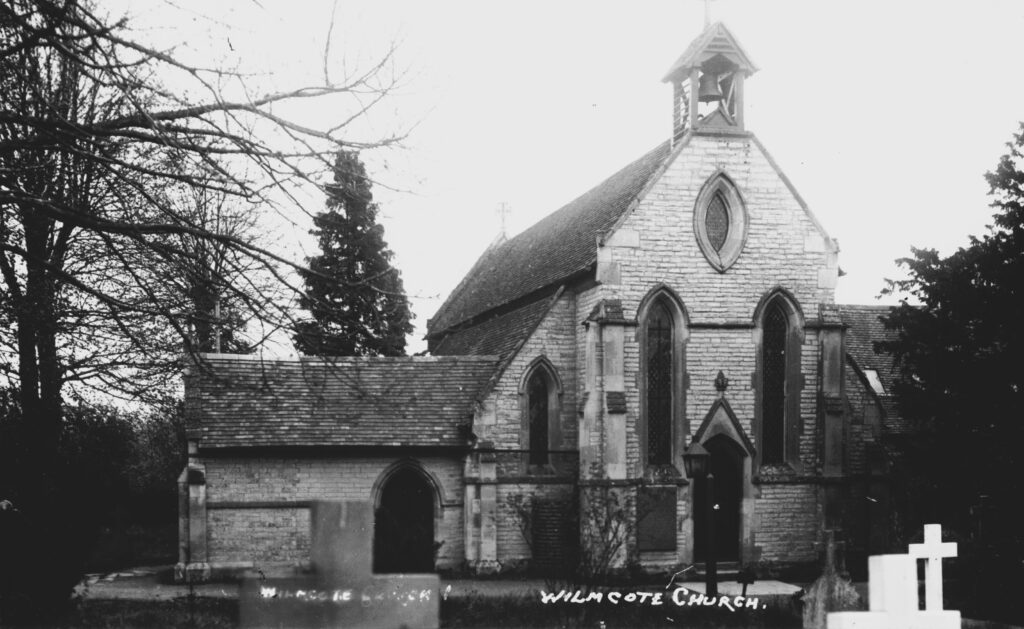
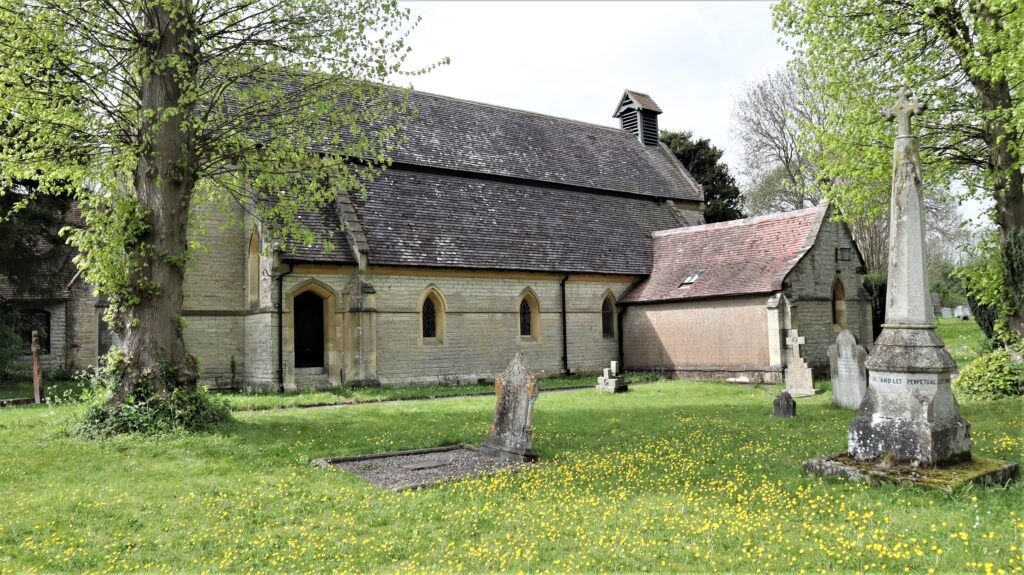
Caleb Carter’s final resting place. St. Michael’s Church, Wilmcote, near Stratford-Upon-Avon.
Hancox Family Move On – But More Tragedy
Following Caleb’s death, the Hancox family moved away from Kenilworth. In the 1911 census, they had settled into the farming community of Wootton Wawen. By this time, Mabel had found love again, marrying Alfred Morby in 1908, an engineer/fitter from Leamington Spa.
But sadly, in the early part of 1926, the Morby household went through a double tragedy. On 7th March, their 17-year-old daughter Marjorie, died of tuberculosis,12 and the following day, Mabel died from the same disease, she was just 40-years-old.13 Alfred was present at both their deaths. Luckily, their 9-year-old son Maurice, managed to survive the devastation and went on to have a long-life. He married Alice Gillard in 1938, and died in 1993.14
references/sources
- Rugby Advertiser, 4th July 1903. ↩︎
- Rugby Advertiser, 4th July 1903. ↩︎
- Rugby Advertiser, 4th July 1903. ↩︎
- According to the 1875 England & Wales Birth Index, Caleb was born in the 3rdQ (Jul-Aug-Sept). So he may have been 27 years-old at the time of his death. However, his death certificate records his age as 28, and his brother also gave his age as 28 at the inquest. ↩︎
- Leamington, Warwick, Kenilworth & District Circular 2nd July 1903. ↩︎
- Coventry Herald & Free Press, 10th July, 1903 ↩︎
- Coleshill Chronicle, 18th July 1903. ↩︎
- Banbury Guardian, 16th July, 1903 ↩︎
- Coleshill Chronicle, 18th July, 1903. ↩︎
- Banbury Guardian, 16th July, 1903 ↩︎
- Birmingham Daily Gazette, 18th July 1903. ↩︎
- Marjorie Morby death certificate. ↩︎
- Mabel Morby death certificate. ↩︎
- England and Wales – National Probate Calender (Wills and Administrations) 1858-1995. ↩︎
